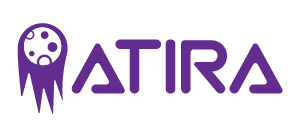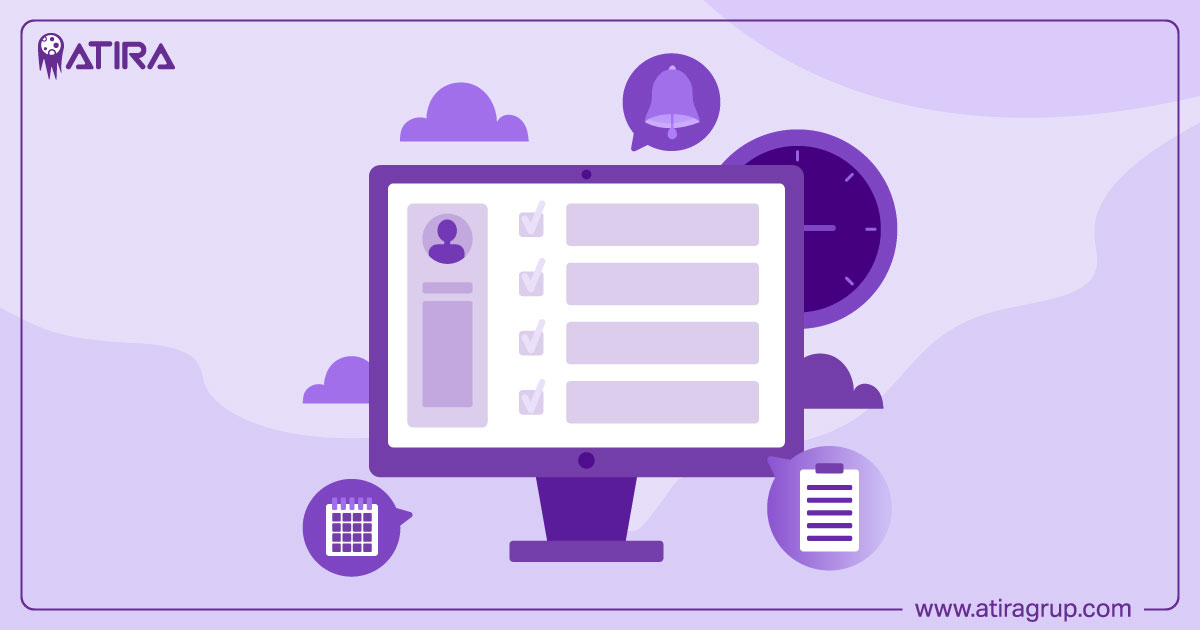A client management system (CMS), often referred to as “what is client management system,” is a software tool used to manage client data, interactions, and relationships. It centralizes information, streamlines communications, and automates routine tasks. By using a CMS, businesses can enhance client satisfaction, improve efficiency, and drive growth.
Key Takeaways
- Client management systems centralize client data, improving organization and facilitating personalized interactions that enhance satisfaction and loyalty.
- Key features like task management, communication tools, and automation capabilities streamline client interactions, boost efficiency, and foster better project management.
- Implementing a robust client management system can significantly improve client retention, as happy clients are more likely to return and refer others, driving business growth.
Table of Contents
Understanding Client Management Systems
A client management system is designed to manage client relationships and interactions effectively. The primary purpose of client management software is to nurture leads into buyers and manage customer interactions throughout the client lifecycle. But what truly sets a business apart is how well it understands and manages these relationships.
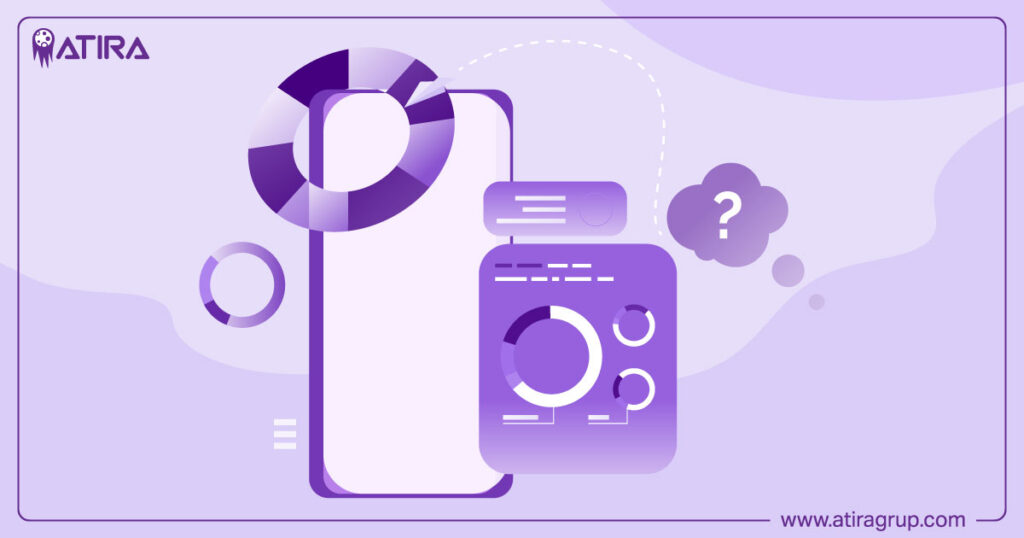
Effective client management involves understanding client needs, which allows businesses to tailor their services to meet specific goals and challenges. This personalized approach not only enhances client satisfaction but also boosts repeat business and brand advocacy. Strong client management skills are essential for building trust, improving client satisfaction, and ultimately increasing profits.
Client management systems help companies serve their customers better by centralizing client data and facilitating improved client relationship management. These crm systems enable businesses to stay organized, offer exceptional service, and nurture stronger client relationships as a client manager would.
Key Features of Client Management Systems
Client management systems come with a variety of features designed to streamline client interactions and enhance service delivery. These key features include contact management, task and project management, and automation capabilities. Each feature plays a crucial role in ensuring that businesses can manage client relationships effectively and efficiently.
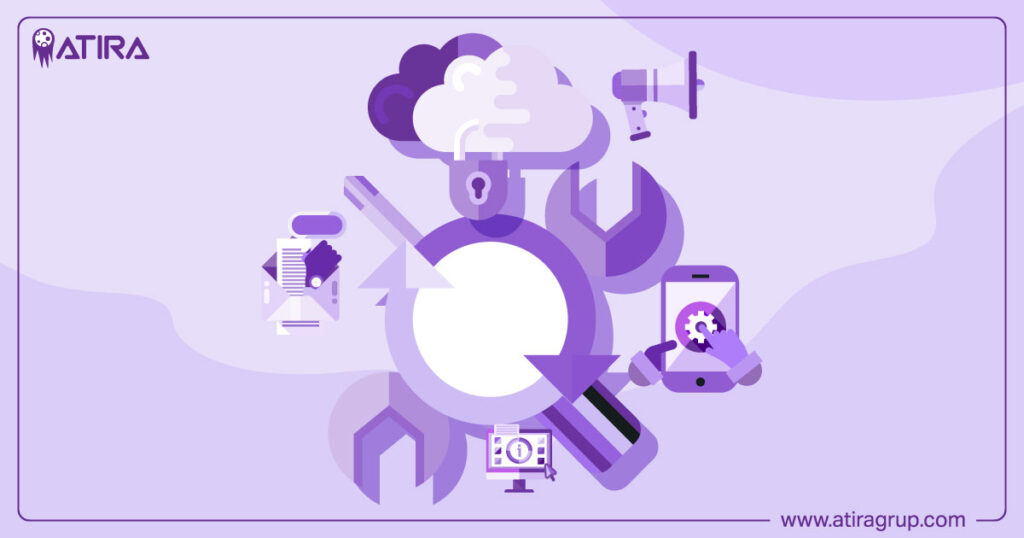
Contact Management
A client management system serves as a comprehensive solution for keeping client details and data organized in one place. Centralizing all client information allows teams to access important details when needed, enhancing organization and efficiency. This centralization ensures that no valuable client data is lost or overlooked.
A comprehensive contact management system helps organize client interactions and maintains a history of customer communications. This allows businesses to access every client’s preferences, enabling tailored and relevant communications that strengthen client relationships. Personalized interactions in this way show clients that they are valued, fostering loyalty and satisfaction in customer relationship management.
Task and Project Management
Without the right project management tools, businesses can face missed deadlines and reduced productivity, leading to dissatisfied clients. A robust task and project management system is indispensable for managing client projects effectively. Tools like Asana coordinate tasks and projects, ensuring that deliverables meet client specifications.
Project management applications such as Teamwork.com and Nifty help assign responsibilities and streamline workflows. These tools centralize communications and data, making it easier to track project tracking progress and ensure timely delivery. Kanban boards and graph charts further help visualize a project’s progress, enabling better tracking of tasks and timelines.
Integrating different apps within a CRM system enhances communication and task management within the team. This integration ensures that all team members are on the same page, leading to more efficient and productive project execution.
Automation Capabilities
Automation capabilities streamline repetitive tasks in client management systems, reducing manual errors and improving overall efficiency. Common tasks that can be automated to automate repetitive tasks include data entry, lead assignment, follow-up emails, and appointment scheduling. Marketing automation of these routine administrative tasks frees up time for teams to focus on high-value strategic activities.
Ultimately, automation enhances productivity and ensures that client interactions are timely and consistent. This leads to better client satisfaction and stronger client relationships, as teams can dedicate more time to personalized service and strategic planning.
Benefits of Implementing a Client Management System
Implementing a client management system offers numerous benefits that can transform your business. These benefits include enhanced client relationships, increased efficiency and productivity, and better client retention.
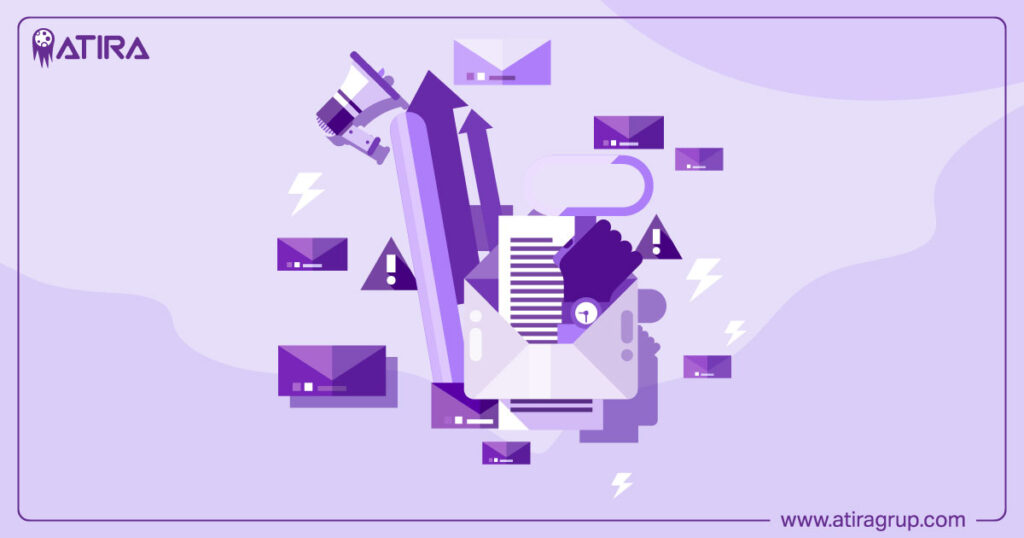
Let’s explore each of these benefits in detail.
Enhanced Client Relationships
Proactive engagement with clients leads to greater trust and more meaningful partnerships. Timely and transparent communication, along with consistent delivery of promises, is foundational in building trust with clients. When a mistake happens, owning up and communicating effectively is vital for maintaining trust.
Soliciting client feedback demonstrates a commitment to improvement and responsiveness to concerns, which builds trust. Using strategies like under-promising and over-delivering can help manage client expectations effectively. Automation improves client communications by increasing efficiency, reducing human error, and ensuring consistency.
Centralized communication channels ensure timely, consistent, and effective interactions. Regularly checking in with clients helps maintain positive relationships. Respecting and maximizing clients’ time contributes to client satisfaction and loyalty.
Personalizing client interactions becomes easier with these systems, as they store client preferences and past engagement history, along with customer data. Centralizing client information improves efficiency and establishes stronger client relationships. Understanding client behavior on a deeper level allows businesses to tailor products and services to drive satisfaction.
Increased Efficiency and Productivity
Automated workflows in crm software facilitates enhance client service operations by streamlining processes with crm tools. They lead to improved responsiveness and higher service quality. Automated reporting eliminates the hassle of manual reporting in client management, allowing for easier tracking of progress. Reducing time spent on administrative work allows teams to focus on delivering exceptional service to clients with a crm solution and a crm platform.
Task and project management tools in client management software keep teams aligned and productive. Teamwork.com enhances overall client management efficiency with real-time monitoring and streamlined collaboration. Client management software organizes tasks, prioritizes work, and helps teams meet deadlines effectively.
Robust reporting and analytics can track client activity, sales progress, and marketing ROI, providing a clearer path to productivity. Reporting features monitor progress and provide valuable insights into project performance, which aids in enhancing productivity.
Better Client Retention
Effective client management practices significantly boost the likelihood of multiple clients returning for future services. Maintaining relationships with previous clients can lead to referrals and repeat business opportunities. Happy clients help manage clients, bringing in new clients and saving resources.
Building loyalty with existing customers by providing high-quality service increases client satisfaction. Consistently delivering exceptional service is crucial for customer retention and driving business success.
Choosing the Right Client Management System
Selecting the right client management system is crucial for meeting client needs and ensuring long-term business success. This involves assessing business needs, evaluating usability and support, and considering scalability and integration.
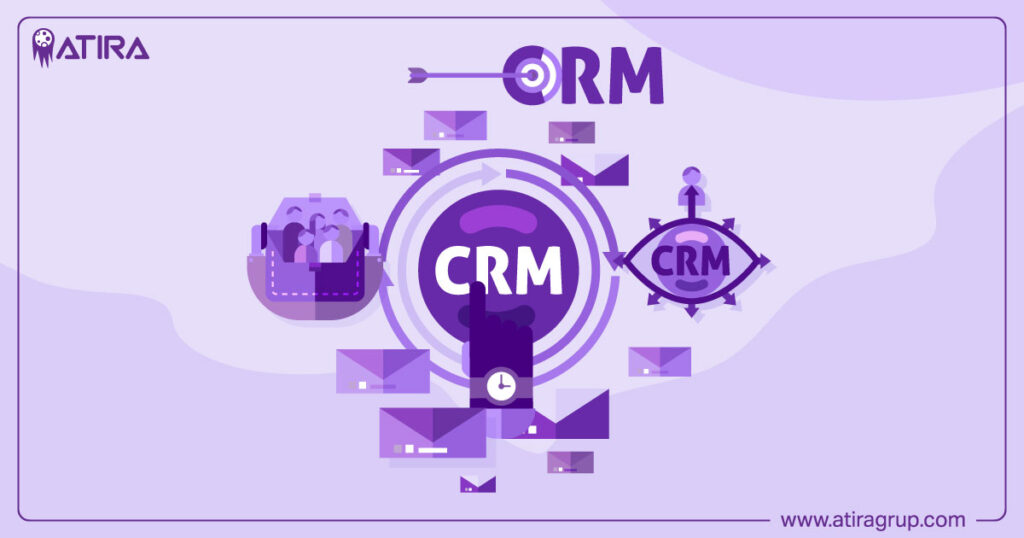
Let’s delve into these aspects to make an informed decision.
Assess Business Needs
Consulting with different teams can provide insights into what features are needed in a client management system. Identifying business needs is crucial as it ensures that the chosen client management system aligns with organizational goals. Common business requirements include data management, client communication tracking, and task management functionalities.
Addressing specific pain points ensures enhanced satisfaction and efficiency with the selected system. This alignment helps in achieving business growth and success while enhancing client satisfaction.
Evaluate Usability and Support
User-friendly interfaces in client management software ensure teams can adapt quickly and efficiently. Reliable customer support is vital for resolving user issues promptly and effectively. Good customer support helps users overcome challenges quickly, enhancing their overall experience.
Combining a user-friendly interface with robust customer support is essential for seamless implementation and user satisfaction. This combination ensures that teams can leverage the CMS effectively, leading to better client interactions and satisfaction.
Consider Scalability and Integration
Scalability is essential when choosing client management software to ensure growth and adaptability to changing business needs. Client management software should integrate smoothly with existing tools to maximize efficiency and maintain connected workflows.
Integrating client management systems with other software enhances functionalities and creates a comprehensive management platform. It is important for systems to be adaptable to future integration needs as business tools change. This adaptability ensures long-term success and flexibility in managing clients.
Common Pitfalls in Client Management
Understanding common client management pitfalls can help businesses avoid potential issues and enhance client satisfaction. These pitfalls include lack of organization, inadequate communication, and neglecting existing clients.
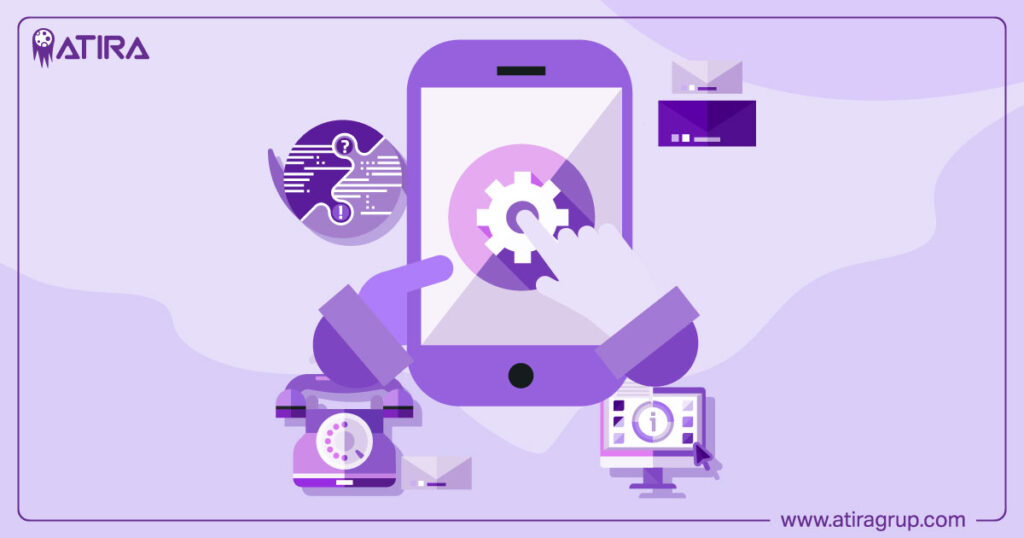
Let’s explore each of these pitfalls in detail.
Lack of Organization
Disorganization in client management jeopardizes client relationships, leading to missed communications and misplaced documentation. When client data is disorganized, it can result in inefficiencies and errors in service delivery.
Effective task management within a client management system is essential to ensure that all client interactions and information are well-organized, which helps in maintaining strong client relationships and delivering consistent service.
Inadequate Communication
Clear communication is essential for setting expectations, keeping clients informed, and building trust. Effective communication is crucial for building trust and ensuring client satisfaction. When communicating with clients, it is important to focus on honesty and transparency. Clearly defining and documenting objectives and responsibilities helps avoid miscommunication and ensures that everyone is on the same page.
If a client’s request cannot be immediately fulfilled, it is important to inform the client about the expected response time. In case of a mistake that affects a client’s timeline, notifying the client, explaining the situation, and discussing solutions is vital for maintaining trust.
When inviting clients to share a work management system, introducing them to the software ensures correct usage and enhances collaboration.
Neglecting Existing Clients
Established clients have built trust and a strong relationship with your business, making them more likely to remain loyal clients. Nurturing existing client relationships is essential for long-term business success. Maintaining good client relationships with existing clients can lead to future referrals and new business opportunities.
Focusing on providing high-quality service and regularly checking in with existing clients helps strengthen customer relationships. Keeping clients informed and addressing their needs ensures they feel valued and appreciated, which enhances client satisfaction and loyalty, leading to satisfied clients.
How to Maximize the Use of Client Management Systems
Maximizing the use of client management systems involves regularly updating client information, utilizing reporting tools, and training your team. These practices ensure that the CMS is used effectively to enhance client satisfaction and streamline processes.
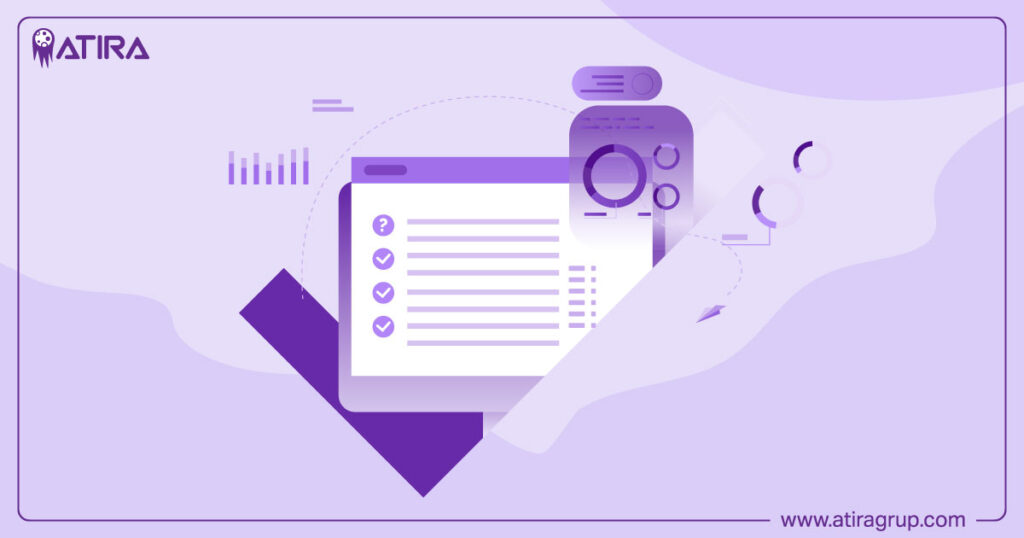
Let’s explore each of these practices in detail.
Regularly Update Client Information
Using automated reminders can ensure timely updates of client data. Regularly updating client data ensures that communications are relevant and tailored to each client’s needs. Failing to keep client information current can lead to missed opportunities for engagement and a decrease in client satisfaction. Maintaining up-to-date client information enhances the ability to provide personalized service, fostering better client relationships.
Regular updates also help in keeping clients informed about the progress of their projects, which mitigates anxiety and maintains trust during project execution. This proactive approach ensures that clients feel valued and satisfied with the service they receive.
Utilize Reporting Tools
Utilizing reporting tools allows businesses to gain valuable insights into client interactions and project performance. Clear insights from reporting tools enable businesses to identify what’s working, address issues, and make informed decisions. Employing reporting tools can streamline the process of delivering project updates, making it easier to highlight key results and progress.
These multiple tools also help in monitoring key performance indicators and tracking leads effectively, which enhances overall business success. Using reporting tools helps businesses stay on track to achieve their goals and maintain high levels of client satisfaction.
Train Your Team
Proper training ensures that your team can effectively use client management systems, maximizing their potential benefits. Providing comprehensive training on client management systems ensures that all team members can leverage the tools effectively for better client interactions. Ongoing training sessions can adapt to new features within client management systems to keep staff proficient.
Training your team on how to use these systems also helps in building relationships and enhancing client satisfaction. A well-trained team can track leads effectively, manage tasks efficiently, and deliver exceptional service through effective lead management, leading to repeat business and long-term success in sales processes.
Summary
Understanding and implementing a client management system can revolutionize how you manage client relationships, enhance client satisfaction, and drive business growth. Key features such as contact management, task and project management, and automation capabilities play a crucial role in streamlining processes and improving efficiency.
Choosing the right CMS involves assessing business needs, evaluating usability and support, and considering scalability and integration. Avoiding common pitfalls and maximizing the use of your CMS through regular updates, utilizing reporting tools, and training your team are essential steps in ensuring success. By leveraging these systems effectively, you can build stronger client relationships, retain loyal clients, and achieve long-term business success.
Read more:
Top Digital Technology Consulting Services: Enhance Your Business Strategy
CRM vs CMS: Choosing the Best Fit for Your Business Needs
Frequently Asked Questions
What is a client management system?
A client management system is essential for fostering strong client relationships by centralizing data, automating tasks, and enhancing communication. Embrace this tool to boost client satisfaction and retention today!
How can a client management system enhance client relationships?
A client management system significantly enhances client relationships by centralizing information for personalized interactions and improving communication. This fosters trust and satisfaction through timely and consistent follow-ups.
What are the key features of a client management system?
A client management system boosts efficiency through vital features like contact management, task and project oversight, and automation. Embrace these tools to simplify your workflow and enhance client relationships!
How do you choose the right client management system for your business?
To choose the right client management system for your business, assess your specific needs, prioritize usability and support, and ensure it can scale and integrate with other tools. This thoughtful approach will set you up for success and adaptability in a changing marketplace!
How can businesses avoid common pitfalls in client management?
To avoid common pitfalls in client management, focus on staying organized, communicating clearly and honestly, and building strong relationships with your clients. By prioritizing these areas, you’ll foster long-term success and satisfaction.
